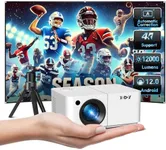Best 4000 Lumen Projectors
From leading brands and best sellers available on the web.
BenQ
BenQ LH730 LED Full HD Conference Room Projector | 4000 Lumens | 1080P | 98% REC.709 | 2D & Auto Keystone | Dual HDMI | 4K HDR Compatible | Screen Casting
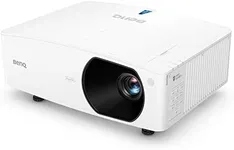
BenQ
41%OFF
BenQ LU710 Golf Simulator Projector 4000 Lumen WUXGA 1920 x 1200 Laser Golf Projector | 1.13-1.46 Throw Ratio | ±30° 2D Keystone | Corner Fit | 92% Rec. 709 Color | IP5X Dustproof
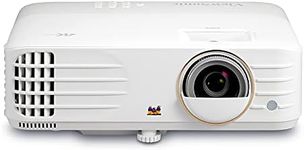
ViewSonic
ViewSonic PX748-4K UHD 4K Projector with 4000 Lumens, 240 Hz, 4.2ms, HDR Support, Auto Keystone, Dual HDMI, and USB C for Home Theater, Stream Netflix with Dongle
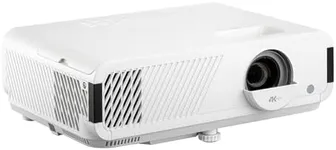
ViewSonic
8%OFF
ViewSonic PX749-4K UHD 4K Gaming Projector Designed for Xbox with 4.2ms Response Time, 4000 ANSI Lumens, H/V Keystone, 1.3x Optical Zoom, and USB C for Home Theater
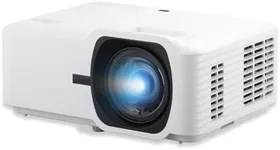
ViewSonic
8%OFF
ViewSonic LS711HD 4200 Lumens 1080p Laster Projector with 0.49 Short Throw Ratio, HV Keystone, 4 Corner Adjustment, 360 Degrees Projection for Home and Office

Epson
Epson Pro EX9240 3-Chip 3LCD Full HD 1080p Wireless Projector, 4,000 Lumens Color Brightness, 4,000 Lumens White Brightness, Miracast, 2 HDMI Ports, Built-in Speaker, 16,000:1 Contrast Ratio
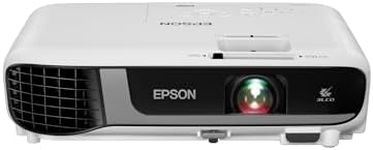
Epson
Epson Pro EX7280 3-Chip 3LCD WXGA Projector, 4,000 Lumens Color Brightness, 4,000 Lumens White Brightness, HDMI, Built-in Speaker, 16,000:1 Contrast Ratio
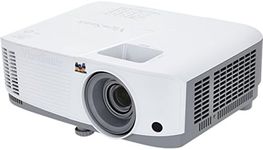
ViewSonic
ViewSonic PG703X 4000 Lumens XGA HDMI Networkable Projector for Home and Office
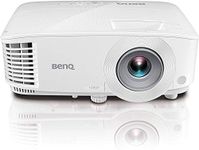
BenQ
BenQ MH733 | 1080P Business Projector | 4000 Lumens | Wireless Casting | Auto Keystone Correction | SmartEco Tech 70% Less Energy Consumption | Glass Lens for Image Accuracy & Clarity
Our technology thoroughly searches through the online shopping world, reviewing hundreds of sites. We then process and analyze this information, updating in real-time to bring you the latest top-rated products. This way, you always get the best and most current options available.

Most Popular Categories Right Now
